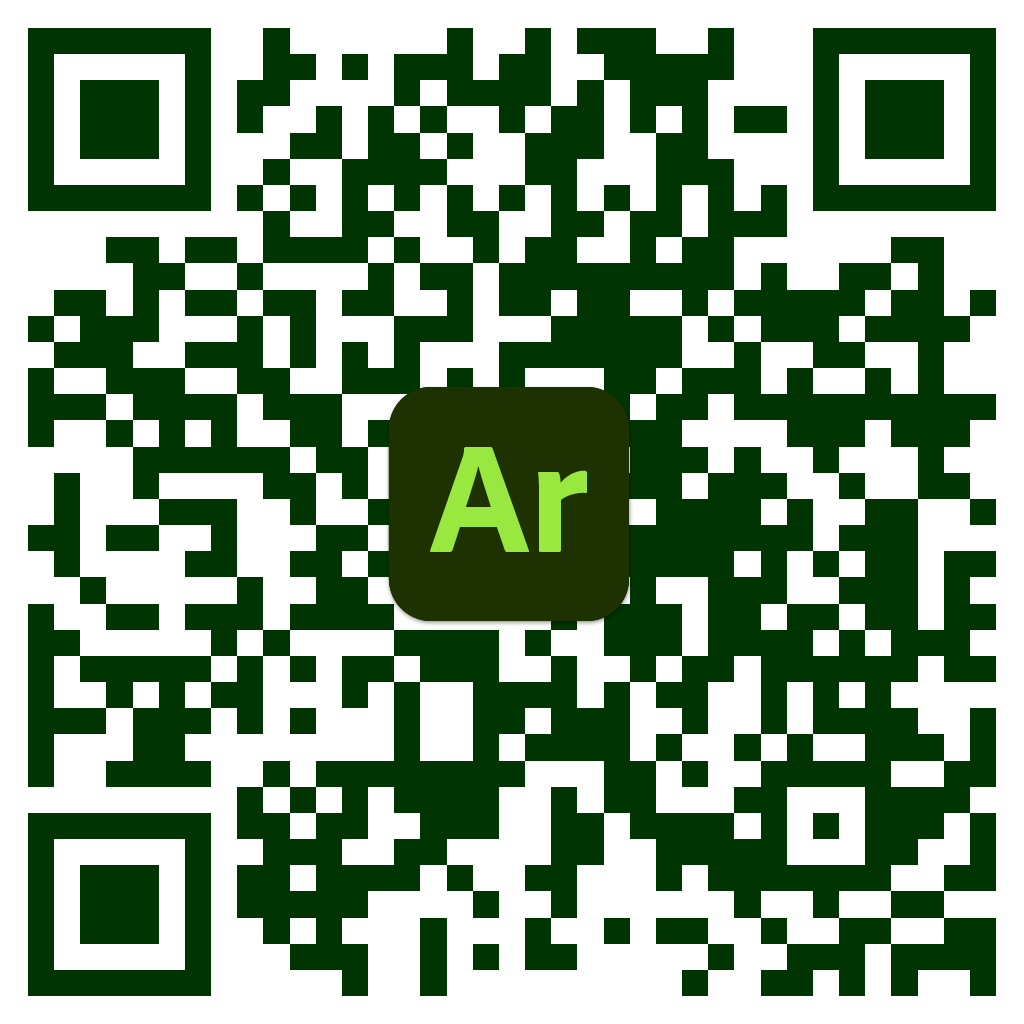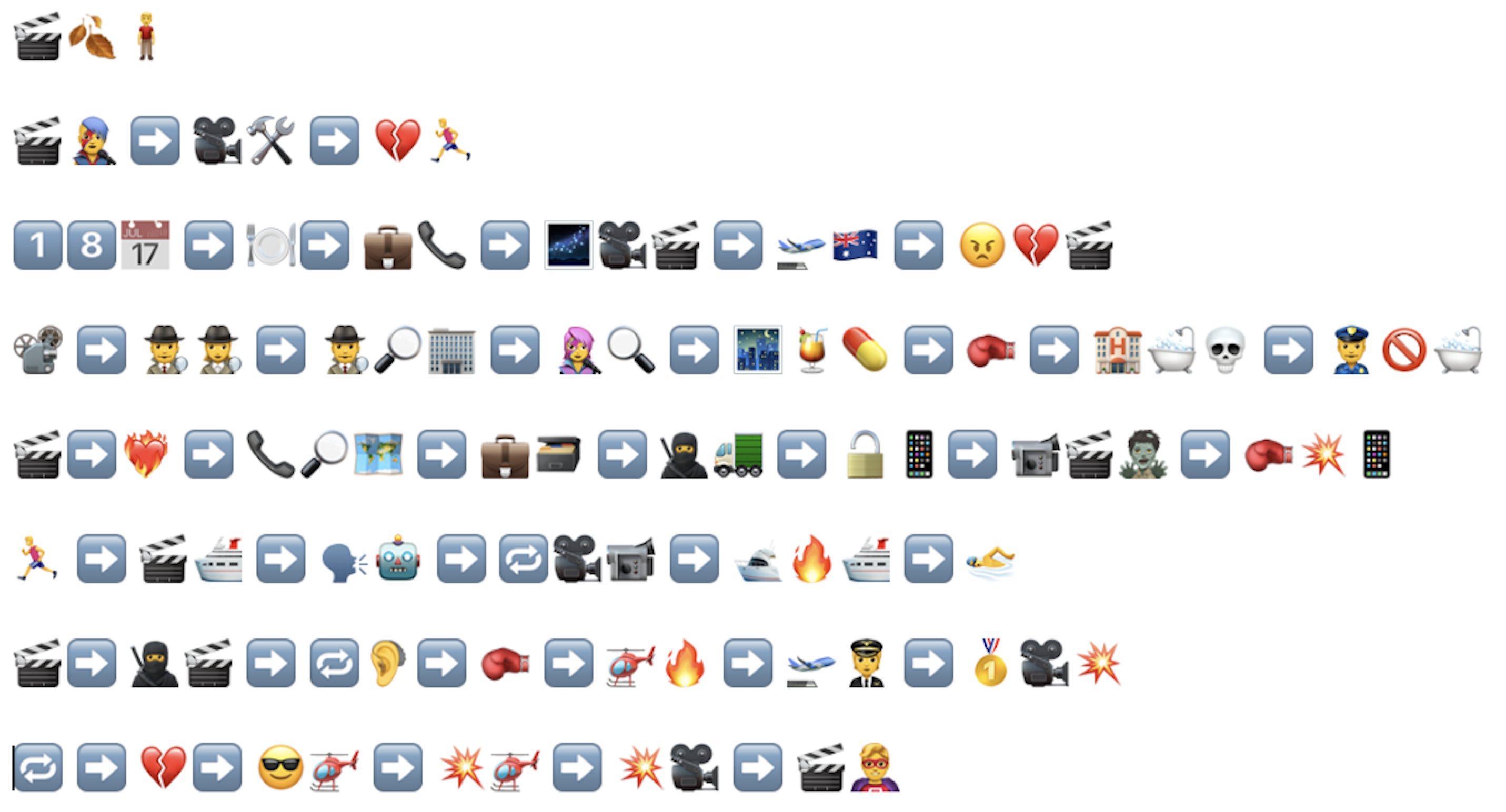Prompt:
Describe or narrate a scenario about a curriculum found a few years into a future in which a profound historical evolution has occurred. Your description should address issues related to class and elicit feelings of dignity.
It is in 2045, when a group of anthropologists stumbles upon an archive in the ruins of what had once been one of the largest cities. The documents were found within a digital vault and they talked about an education curriculum adopted in this region at the very dawn of 2030: “The Harmony Curriculum.” The discovery provides a deep insight into the society that has passed through major historical evolutions and which had to deal with all these issues of class, equity, and human dignity that were not imagined in the prehistory. By the 2030s, the world was quite different after a convergence of crises: economic upheaval due to massive automation, runaway climate emergency, and extreme inequality causing social unrest. In these challenges lie the values and priorities that had to be rethought, therefore the long historic change from a competitive economy based on profit to a human-centered, socially equitable, and ecologically sustainable economy.
Central to this systemic transformation was the implementation of the “Harmony Curriculum,” an educative program geared toward preparing a new citizenry for living successfully in this new world of possibilities. Based on the tenets of speculative design, students were encouraged to envision and co-create a just and sustainable world. This was not just a program of study but also a blueprint for the new society. At the very philosophical core, Harmony curriculum was founded on the belief that education is a means to social change, not as much as employment training. It fused history, science, and the arts into an organic narrative that emphasized the interdependence of all life on Earth and that everybody should strive to work for the collective good and not individual fame.
As a group of five core subjects, there existed a group of several subjects, in sum forming the core of the course: the “Imagination Lab,” through which students took part in speculative design projects. They were supposed to think up several possible futures, some utopian while others were dystopian, and how decisions made at that moment could make things different. More practical is exercises like these ones, as they were closely associated with the understanding of the existing social, economic, and environmental issues by the students. The students’ critical thinking on how systems of power that have been in existence since then in shaping their world has led them to alternative ways of changing into societies with more equitability and dignity. They looked up examples of radical social change in the past—from slavery to civil rights—and they learned about how everyday people made the difference and improved their world.
Majorly, class was a theme within the Harmony Curriculum. Class, by this time in the future, did not anymore connote one’s economic class as such. Rather, it was viewed in an active interplay of access to resources, opportunities to participate in the decision-making process, and the option to live with dignity. The course was further enhanced by a “Class Reconciliation Program,” wherein students of varying backgrounds worked together as a team to dismantle systemic barriers that had long been employed as tools to keep people apart from one another. The program was aimed at respecting human dignity and was independent of a person’s social standing. It was about creating a society where everyone is accorded an opportunity to add value to the common good.
From projects, students learned that meaningful collaboration is when each of them brings to the table different angles of views and experiences. Thus, they discovered that dignity came from dwelling in Harmony with all others and the natural world and did not emerge out of wealth or power. The abilities intrinsically appreciated by the Harmony Curriculum in training for community resilience were: sustainable agriculture, cooperative governance, and conflict resolution.
The Harmony Curriculum was intentionally engineered to make every student feel dignified. It underscored that everyone, irrespective of outward attainments or social stature, had intrinsic and complete value. It gave students a sense of belonging and purpose. It let one know they belonged to something far bigger than themselves: part of a global community working towards the common vision of a just and sustainable future. It included encouraging students to reflect through activities such as journaling, small group discussions, and the issues that touched them most on their core human values in furtherance to the greater good of others. Such activities inculcated within students strong feelings of self-worth, empathy, and commitment toward social justice.
As the anthropologists keep searching in the archive, they are time and again struck by how profoundly the Harmony Curriculum shaped society. By the middle of the 21st century, the world had become to epitomize a place where dignity and equity were no longer mere virtues but lived out, real experiences. Thus, the curriculum was very central in training a kind of citizen that preferred cooperation to competition, care to consumption, and collective well-being to individual success. In a future society, the ravages of class struggle had dulled and the idea of class been practically recast. The Harmony Curriculum had proven to create a world in which all people, from whatever background or circumstance, can live in dignity. This had once been a utopian view of education, which had gained respect as the foundation of a new age of human flourishing.


